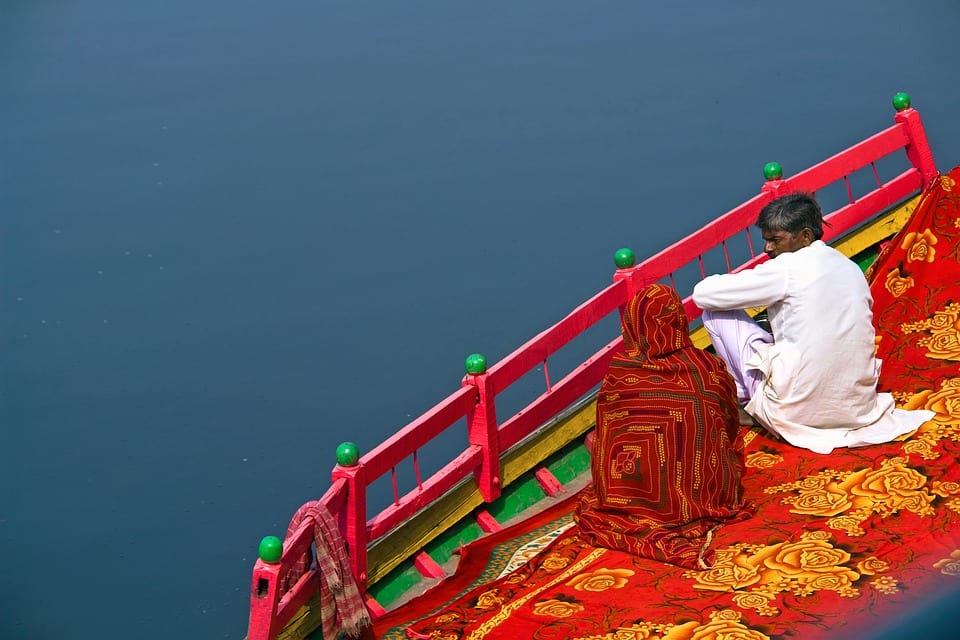
What Do Different Colours Mean in Different Countries?
It is no secret that colours are emotive. They can affect the way we feel, they can heal, and they can bring joy. They can remind us of a time of year, a certain place or a distant memory.
Around the world different countries, cultures and groups of people associate colours differently. What could be a positive colour for some could be a sign of something sinister for others. Colour associations vary from country to country. Take a peep below to understand what colours mean around the world.
Yellow
What people in the UK associate with happiness and spring time, yellow in China is associated with pornography! When referring to certain adult websites and magazines, Chinese people refer to them as yellow books and yellow pictures.
Other countries where yellow has negative connotations includes France and Germany. In France yellow signifies weakness and betrayal, whereas in Germany it is related to jealousy.
On a more positive note, in Africa yellow is a colour typically worn by high ranking people because of its resemblance to gold.
In Thailand the day of the week Monday is represented by yellow an is considered the most important shade in the county because it is linked to King Bhumibol. Typically, you will see many Thai people wearing yellow on Mondays as a sign of respect to the King.
Green
The colour green tends to be associated with nature and the environment. Also, people in the UK will often associate it with jealousy or greed. However, Western cultures do believe green has optimistic meanings too, such as spring, freshness, money and Christmas!
Many Asian countries believe green to be a positive colour too. Green is often linked with eternal life, fertility, youth, health, prosperity and new beginnings. However, make sure not to wear a green hat in China if you’re a man, it’s a symbol that you are being unfaithful to your wife.
In many South American cultures greens symbolises death.
Pink
Unlike gender stereotypes in the West, pink is typically a more masculine colour in Japan. However, both genders wear the colour. In Western cultures, most couples expecting a baby girl will opt for pink nurseries and clothes for their child. However, pink generally is linked to love, romance, femininity and care.
Interestingly, pink was not a recognised colour in China until the country gave way to Western influences. The Chinese word for pink, translated into English is ‘foreign colour’.
Blue
Blue is a colour that has a plethora of different meanings in countries around the world. Many of blue’s associations are linked to religion. In Hinduism blue is the colour of Krishna. Krishna embodies love and joy whilst destroying pain and sin. He is the most highly worshipped Hindu god. Similarly, Jewish people view blue as a colour of divinity and holiness. Middle Eastern countries hold a similar viewpoint and associate blue with heaven spirituality and immortality.
Have you ever heard the phrase, I’m feeling blue? In Western countries, blue can be associated with feelings of sadness. On the other hand, it is also considered soothing and calming. In the corporate world many financial institutes utilise the colour blue in their branding because it symbolises authority, trust and security.
Just like pink is masculine in China, blue is considered more feminine and represents the birth of a baby girl.
Red
In Indian culture red is one of the most important colours and has a multitude of different meanings. Red is typically worn by women on their wedding days. Women will always be adorned with red henna on her hands and red powder in her hairline. Other meanings red has in Indian culture include seduction, love, beauty, power, wealth and fire.
In contrast, people living in South Africa associate red with mourning. This is why the South African flag has a section of red in it; it signifies the sacrifice and violence that happened during the country’s bid for independence.
In China the colour red has mixed meanings. It is usually worn to celebrate New Year and weddings, as well as funerals. Red signifies celebrations in all senses and is meant to bring happiness, luck and prosperity.
